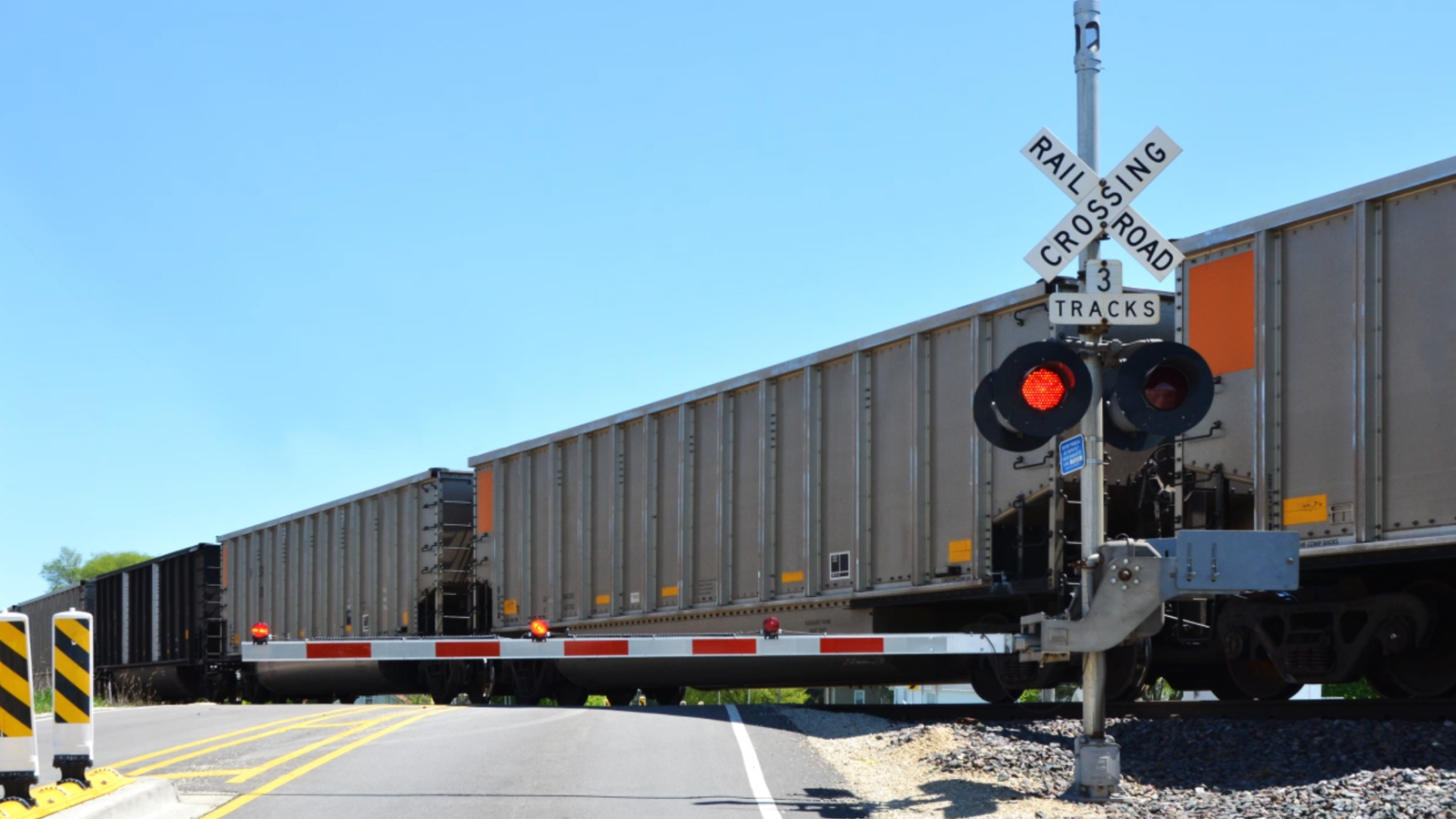DOT Entry Level Driver Training - Advanced Operating Practices: Railroad-Highway Grade Crossings
By the end of this course, you will be able to:
- Describe the meaning of signs and signals used at railroad-highway grade crossings
- Identify the challenges and safety concerns related to railroad-highway grade crossings
- Recall federal and state railroad-highway grade crossing regulations
- Describe the requirements for “Emergency Notification Systems” to report unsafe conditions at railroad-highway grade crossings
Bob Jonas began his trucking adventure in 1973, at the age of twenty-three, driving for a new company that manufactured windows. First employed to drive 20-foot straight trucks, over the next 15 years he logged over a million miles in 11 western states. Starting with 40-foot dry vans, increasing in size to 53 feet, he also pulled doubles, occasionally triples, flatbeds, and reefers (refrigerated trailers). In addition to delivering windows, he was required to back haul everything from raw glass, cereal, oyster shells, potato flakes, paper, Christmas trees, and swinging horse meat. He was also given the responsibility of testing new hires.
After leaving the company he had worked for so long, Jonas’s life headed in another direction, where he was still able to use his driving skills for part time work. In the next few years, he worked the Christmas rush for UPS, hostling, driving doubles and triples. He also worked for another company delivering 5,000 lbs. spools of newsprint, as well as container pick and delivery to the docks and rail yards. His final miles were logged part time for another window manufacturer. Never knowing what road he would travel next, Bob didn’t give up his CDL until 2014.

